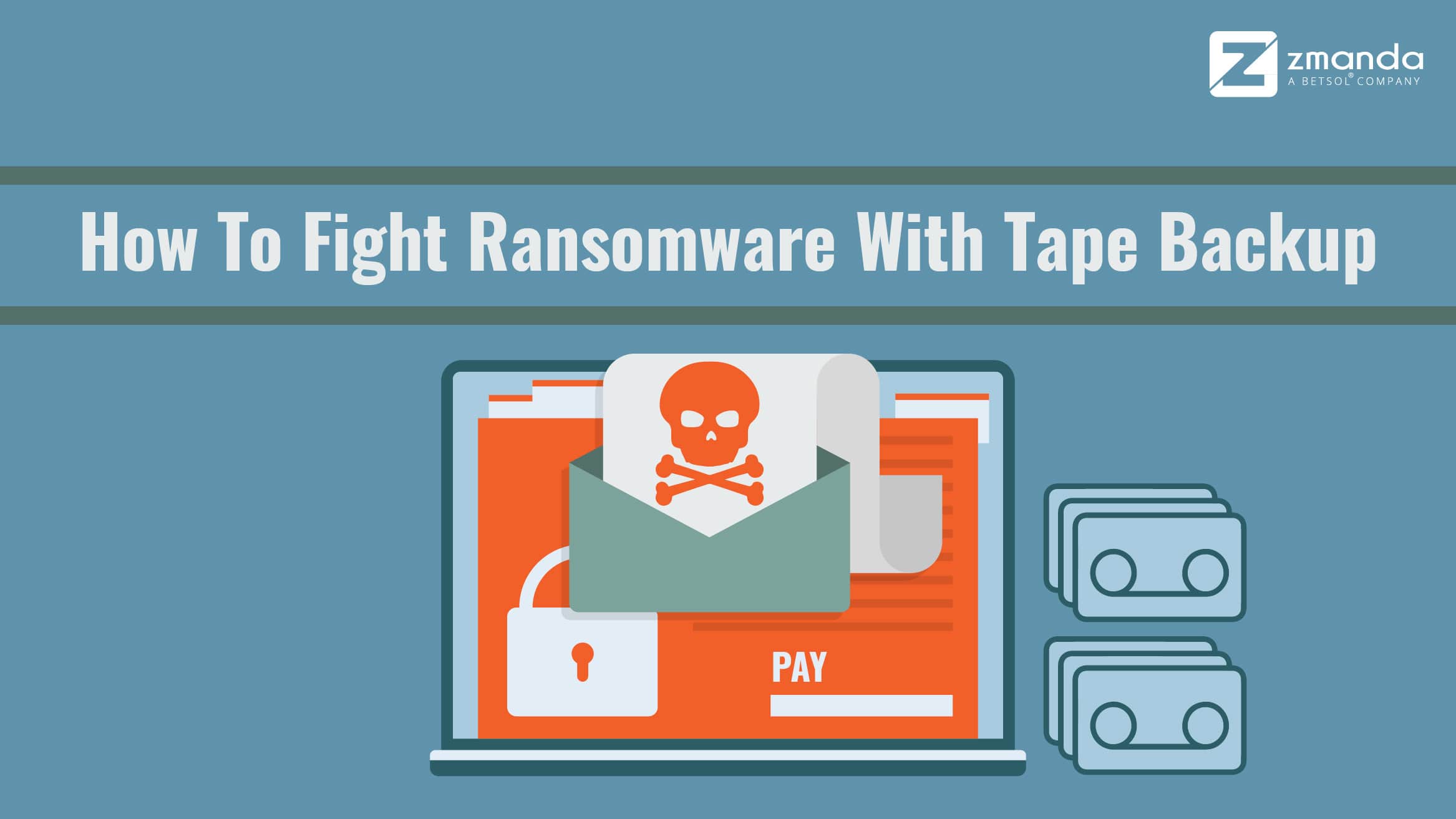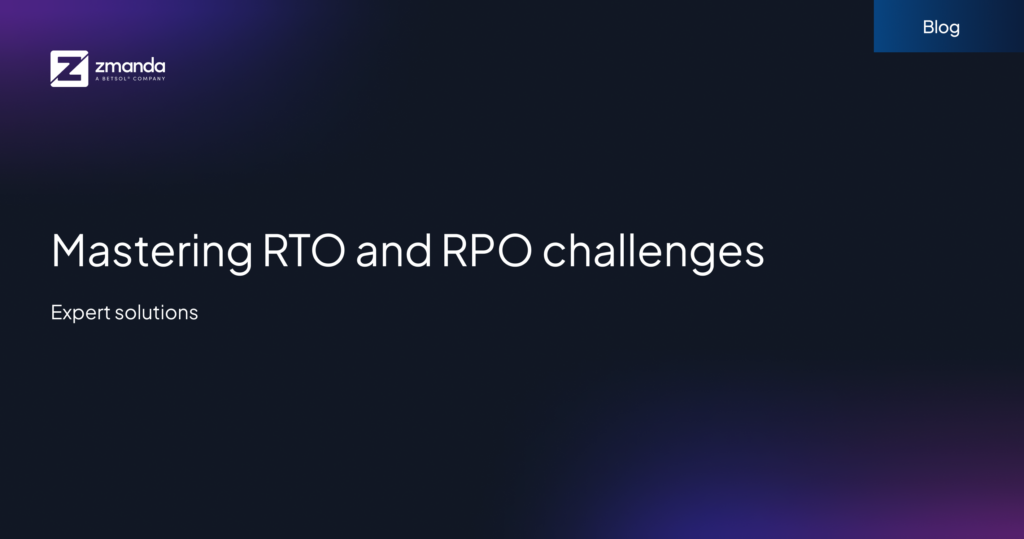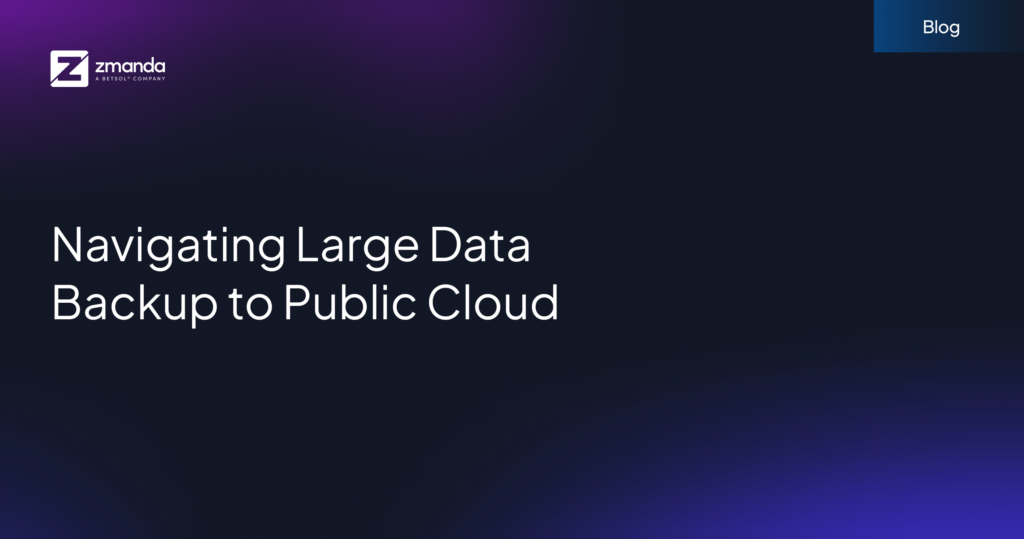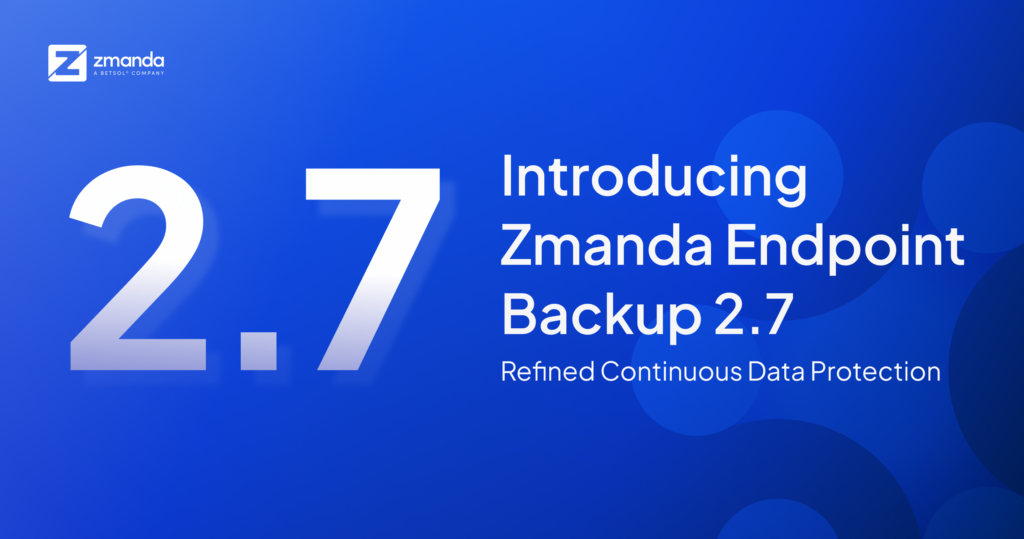
Ransomware is one of the most crippling cyberattacks a business can face. Visiting a compromised website or opening an infected email attachment can make your data inaccessible and halt your daily activities. Ransomware has emerged as one of cybersecurity’s most leading and continuous threats.
According to the FBI, in 2016, ransomware payments reached more than $1 billion, up from just $24 million paid in 2015. With the increasing amounts, the velocity and variety of attacks are growing exponentially.
A recent report says, in 2017, ransomware on the dark market seems to be grown by 2,500 percent. In 2020, we are likely to see that number get even higher.
Though there are newer technologies that attempt to fight against the ransomware, savvy organizations are now turning to an older technology: Tape backup. It may seem bizarre that a technology that was once considered as archaic as tape backup could be the answer to a critical challenge in the era of cloud.
Tape has specific properties that make it ideal for dealing with ransomware, mainly if it is incorporated as one option within an overall data management strategy—not a single backup platform.
Be sure to also check out Cloud Storage vs Tape Storage: Understanding the Pros & Cons
Ransomware Is Getting Smarter
Ransomware is ever-evolving and has been an enormous problem for businesses for quite some time. There are ways to limit the amount of damage ransomware can impose a company, for instance, limiting user privileges.
When there is an instance of a ransomware attack, the organization has two options. The first and most obvious alternative is to pay the ransom and wait until the data is decrypted, (which even after payment it may not be). The other option is a backup restore.
Ransomware authors are now aware of the second alternative, the “backup restore”. As there is no more scope of making money with this solution, the authors are looking forward to a new approach.
What’s this new approach?
Ransomware authors don't encrypt the organization files and demand a ransom; instead, some ransomware variants are designed in such a way that the data remain dormant for months. Organizations usually retain backups for a limited period.
A ransomware infection can remain dormant for several months, before being activated, then during the entire dormancy period, the organization will be backing up the infected files. By the time the organizations realize the ransomware attack, all their backups will be infected already.
As disk-based backup solutions have a limited capacity, some organizations are using tapes as a supplementary tool for retaining backups for more extended periods.
Why Tape, Why Now?
Don’t want to deal with ransomware? Prevention and preparation are key. Preventing the attacks beforehand is not that easy as the people who tend to harm your organization are sophisticated and skillful.
If you can prevent attacks in the first place, you are ahead of the game.
But that’s not easy.
As noted, those who would harm your organization are more sophisticated, aggressive and skillful than ever.
So, what about preparation? Every organization needs to be equipped to deal with ransomware. That’s where tape plays a vital role. The best to recover from a ransomware attack is to ensure that you have a separate, offline, and reliable copy of your data that cannot be infected by the attack.
If you want to follow the best practices in data backup and compliance, use tape backup as part of an overall data management strategy, specifically the widely known 3-2-1 rule, which is:
- Maintaining three separate copies of your data.
- Storing your data on at least two different types of storage media.
- Keeping one copy of your data in an off-site location.
When compared to other options, tape backup is by far the most lucrative means of ensuring that you have a separate copy of your data in an offline, off-site location. The tape is simple to use, less expensive than disk or cloud storage, and highly secure and convenient to access—mainly if you work with a leading third-party provider of tape backup and offsite tape vaulting services.
You can use disk backup or cloud backup to take advantage of their convenience and speed, but you should still enhance those platforms with tape as your third copy. The risk of data stored in disk backup and cloud backup getting infected is more if the data is on your network. In short, your data is easily recoverable without paying a ransom, and it means you can get your business back up and running quickly, safely, and securely.
Conclusion
The growth of ransomware is creating a resurgence in the popularity of tape backup, and this indeed is garnering a lot of attention, not just from industry leaders but from hackers too.
The federal government, health industries, and financial services firms still keep the tape as a backup to digital records. Now a range of different companies are returning to tape as hackers get smarter about penetrating defenses and doing much more damage when they get in.
Are you ready to go retro with tape? Is tape backup as a vital element of your overall data management and protection strategy? Visit Zmanda to learn how we can help you protect your data so you can keep your focus on business innovation. Zmanda has a wide range of media for backup, including tape, tape libraries, disks (DAS, NAS, SAN, RAID), optical jukeboxes, and online storage.


